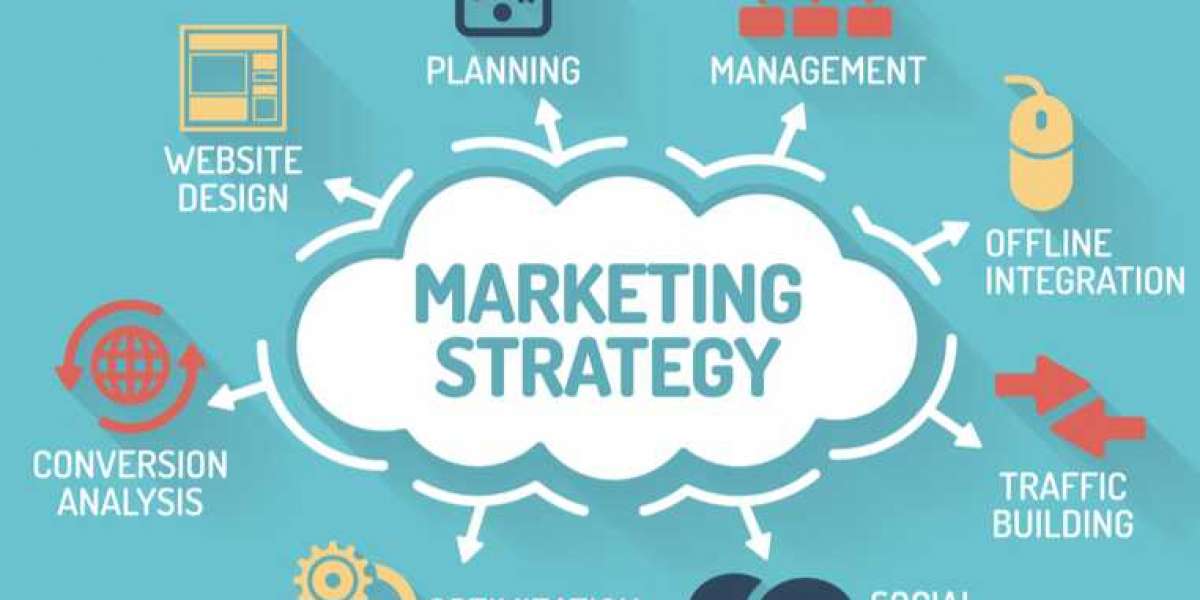While start-ups and French Tech take center stage, French SMEs in the “old economy” are lagging behind in terms of digital transformation. A sad finding confirmed by various studies. However, the examples prove that digital can achieve performance even for companies with the most traditional activities.
Thus, the latest DESI (Digital Economy Society Index) from the European Commission, published in 2017, establishes that France was, in 2016, in 16th place - down two places compared to the previous year - for the use of digital technologies, especially in small businesses. According to Eurostat figures, only two out of three French SMEs had a website in 2015, compared to three out of four SMEs in Europe. Barely 16% of them sell online, and only 30% are on social media. However, the introduction of digital technologies into traditional activities, particularly among SMEs which constitute 95% of the French economic fabric, is a considerable challenge.
Adapted tools
Lionel Gocel has succeeded, thanks to digital technology, in overcoming the building crisis and in continuing to grow his plumbing and heating group, which today has 215 employees in five companies, for a turnover of 25 million. “I have just had my two best years in a global context which remains complicated for the building, however,” points out this boss from Lorraine. “To gain in productivity and competitiveness, I worked a lot on methods and organization, in particular by preparing sites upstream, in our workshops, to save time on installation,” he explains. To continue on the same path, he looked for software that could allow remote site monitoring in real time. “As I couldn't find software suited to my own needs, I asked three young computer scientists to develop it for me,” adds Lionel Gocel.
The creation of this software made it possible to plan and manage the interventions of the installation teams, to gain in productivity and in anticipation. The company can thus carry out more projects and be more precise on quotes and invoices. “The mobile phone has become a working tool for the employee who works on the site, and the application used forms the interface between the field and the company,” adds Lionel Gocel. The better coordination that followed was reflected in several areas. To give just one example, the average ticket for breakdown assistance has increased by 25% thanks to more efficient site monitoring. This business manager was so convinced of the use of digital technologies in his business, that he decided to join forces with young IT specialists to offer Solitech software to all those who have to manage projects of all kinds. . The 90 Tech start-up was thus born from the needs expressed by an SME in a traditional sector: a fine example of co-innovation!


